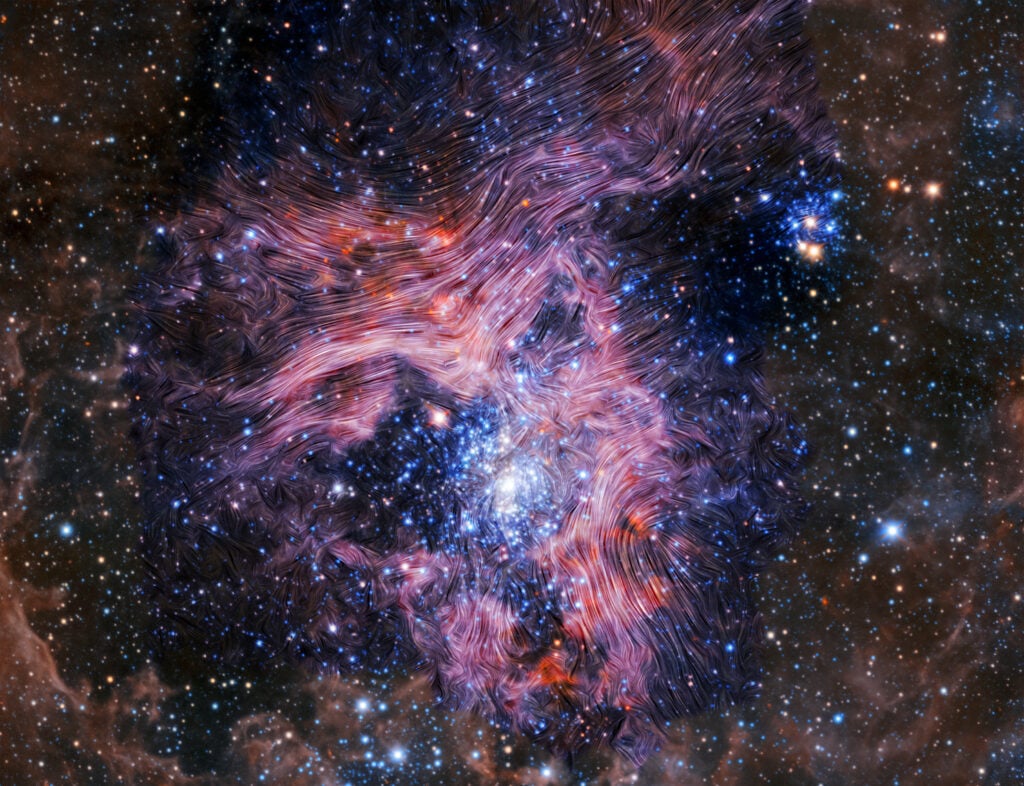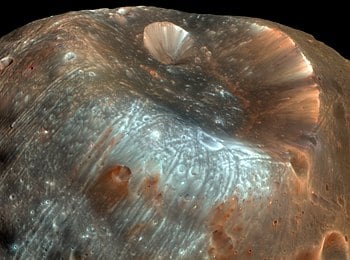
A NASA-supported study examines how lunar regolith could impact the Gateway and other aspects of NASA's Artemis Program.
Continue reading

China has developed a new parachute system that they hope will help prevent uncontrolled reentries and crashes.
Continue reading

The United Launch Alliance took a major step with the first successful test firing of the Vulcan first stage.
Continue reading

New observations from JWST hint at pockets of new gas in the halo of more evolved galaxies, where these first-generation stars could still form.
Continue reading

In a recent study, a team led by the University of Warwick propose a new type of life support system that relies on artificial photosynthesis.
Continue reading

Stephen Hawking predicted that black holes wouldn't last forever, eventually evaporating into a smear of particles. According to a new study, Hawking's theories don't go far enough.
Continue reading

To mark the 20th anniversary of the Mars Express mission, the ESA has released a stunning color mosaic image of Mars.
Continue reading

Researchers at Caltech have successfully tested their space solar power demonstrator (SSPD), showing it can beam power from space to Earth.
Continue reading

Researchers with the SETI Institute have monitored the center of the Milky Way for possible transmissions from a galactic beacon.
Continue reading

China's Shenzou-16 mission just delivered three taikonauts to the Tiangong space station, performing the most complicated docking maneuver ever attempted
Continue reading

What is the mass of the Milky Way? What do you get if you add up all the stars, gas, dust, black holes, planets, and dark matter? It's a tricky problem since we're embedded inside the Milky Way.
Continue reading

A study by an Israeli team of astronomers offers a solution to the "impossibly massive" galaxies Webb observed.
Continue reading

The Spaceport Company successfully tested its prototype mobile sea platform, launching multiple rockets from the Gulf of Mexico
Continue reading

 Universe Today
Universe Today















































